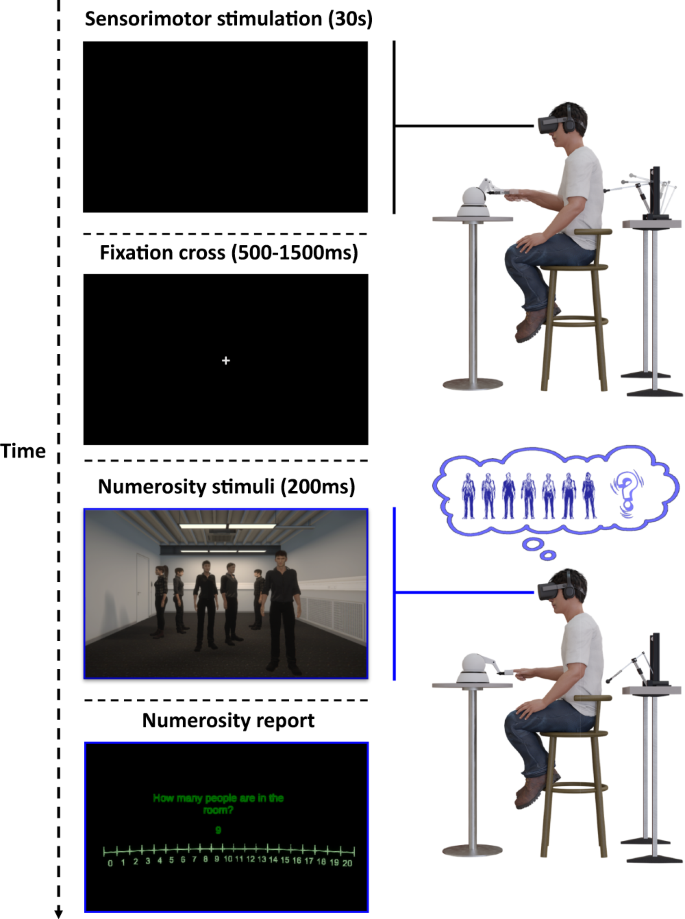2024-03-12 エディンバラ大学
<関連情報>
- https://www.ed.ac.uk/news/2024/bees-use-antennae-to-decode-hive-mates-dances
- https://www.cell.com/current-biology/fulltext/S0960-9822(24)00220-3
ミツバチは触角をダイナミックに動かして仲間のダンスを解読する Dynamic antennal positioning allows honeybee followers to decode the dance
Anna Hadjitofi ,Barbara Webb
Current Biology Published:March 12, 2024
DOI:https://doi.org/10.1016/j.cub.2024.02.045

Highlights
•Nestmates follow dancers from varied and changing positions on the comb
•Their antennal positioning correlates with their angle to the dancer
•This can compensate for their changing relative orientation
•A circuit in nestmates can use their antennal positions to recover the dance vector
Summary
The honeybee waggle dance has been widely studied as a communication system, yet we know little about how nestmates assimilate the information needed to navigate toward the signaled resource. They are required to detect the dancer’s orientation relative to gravity and duration of the waggle phase and translate this into a flight vector with a direction relative to the sun1and distance from the hive.2,3Moreover, they appear capable of doing so from varied, dynamically changing positions around the dancer. Using high-speed, high-resolution video, we have uncovered a previously unremarked correlation between antennal position and the relative body axes of dancer and follower bees. Combined with new information about antennal inputs4,5and spatial encoding in the insect central complex,6,7we show how a neural circuit first proposed to underlie path integration could be adapted to decoding the dance and acquiring the signaled information as a flight vector that can be followed to the resource. This provides the first plausible account of how the bee brain could support the interpretation of its dance language.

